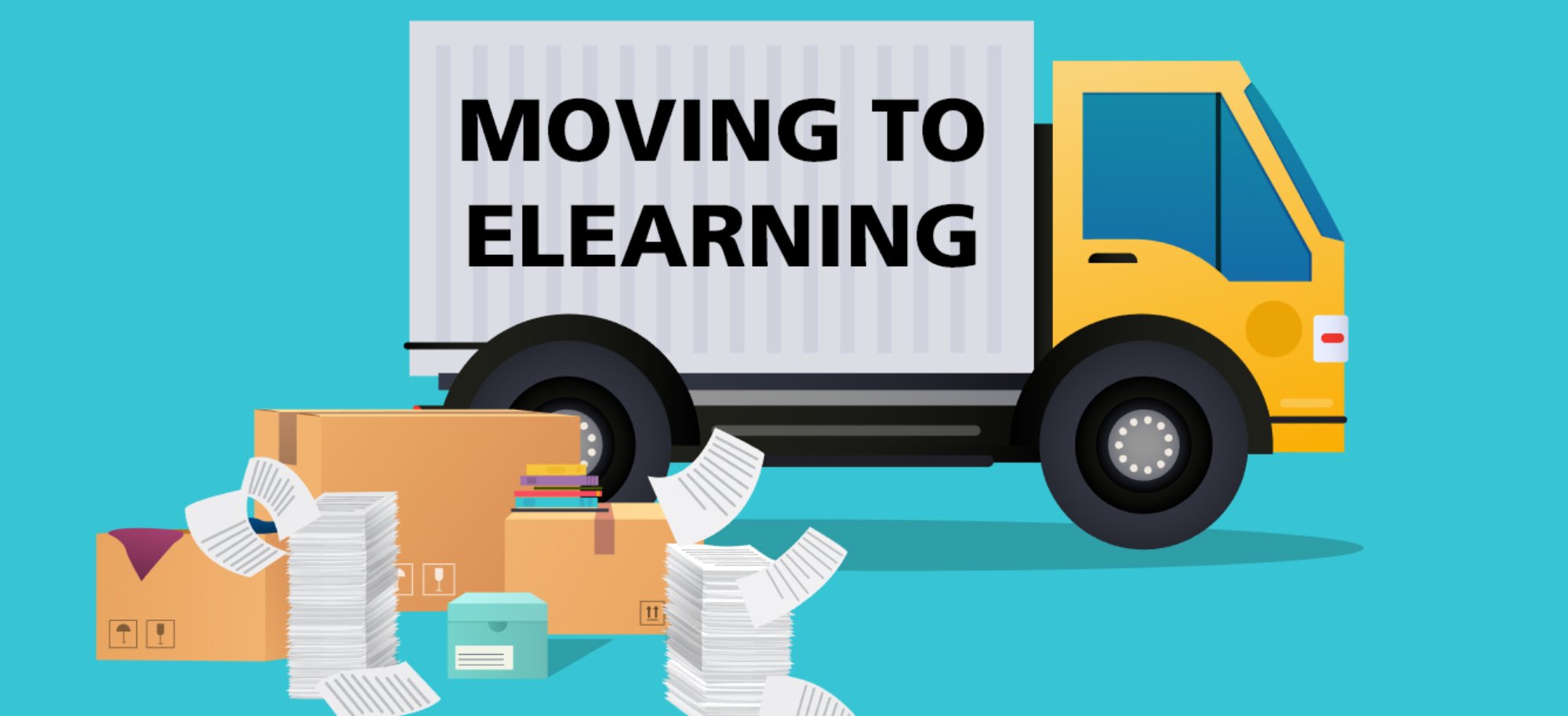As a company starts to grow and expand, it requires an increasingly greater investment to bring instructors and learners together; whether they are your own employees, distributors, or clients.
Consider the task of on boarding. Companies want just-in-time training, yet it makes no sense to fly in a trainer to instruct one new employee in a timely basis. Even legacy employees have training needs which include skill improvement, systems, and product updates and compliance certification.
These challenges are all addressed through eLearning:
- The divide between physical location and time disappears.
- The learner experiences consistent, convenient, and enjoyable training.
- You have the ability to instruct anyone, on any topic, at any time.
- With an LMS, you can track training records and assess real performance and results.
So now that you’ve decided to make the move, what are the steps you should consider? Here are a few tips that will help you make an effective transition.
An Expert for a Partner
You can always bring your resources in-house once you know you have a training system that works. However, depending on the vendor you choose, you may find the flexibility that outside consultants and designers offer will provide the ongoing return on investment you need. Whether you partner with an expert or go it alone, the remaining tips are important to keep in mind.
Training Objectives
Why did you create your traditional training materials? What should learners be doing differently once they complete the training? These are important questions to consider.
Instructional Design
There are various models and theories to choose from. What approach best addresses the learner population, the content, and your culture? For example, if you design online training courses based on the cognitive load theory, you will create smaller eLearning modules that are more digestible, helping the learner to effectively acquire and retain the training.
Delivery Method
Will you include online forums and webinars as part of your strategy (most effective for preparing for the training or strategic follow-up)? You may want to deliver your training through mobile devices, which allows learners to access modules and resources on the go or even on-the-job
Engagement vs. Checking the Box
The key here is to balance your investment in the “look and feel’ and interactivity of the course, with the learner outcomes you want to achieve. Your investment in a course that will engage, instruct, and prepare will be different than a course with little budget and a need to simply meet a requirement. The use of scenarios, simulation, testing, videos, etc. are all elements that may or may not be required to achieve the engage, educate, prepare approach.
Assessing Effectiveness
Will you be conducting a survey to gain learner feedback? Will you be assessing learner skill via tests or on-the-job evaluations upon completion? Once you identify areas for improvement, you can take action to improve the offering.
—
We hope you find this article helpful as you make the transition to eLearning.

